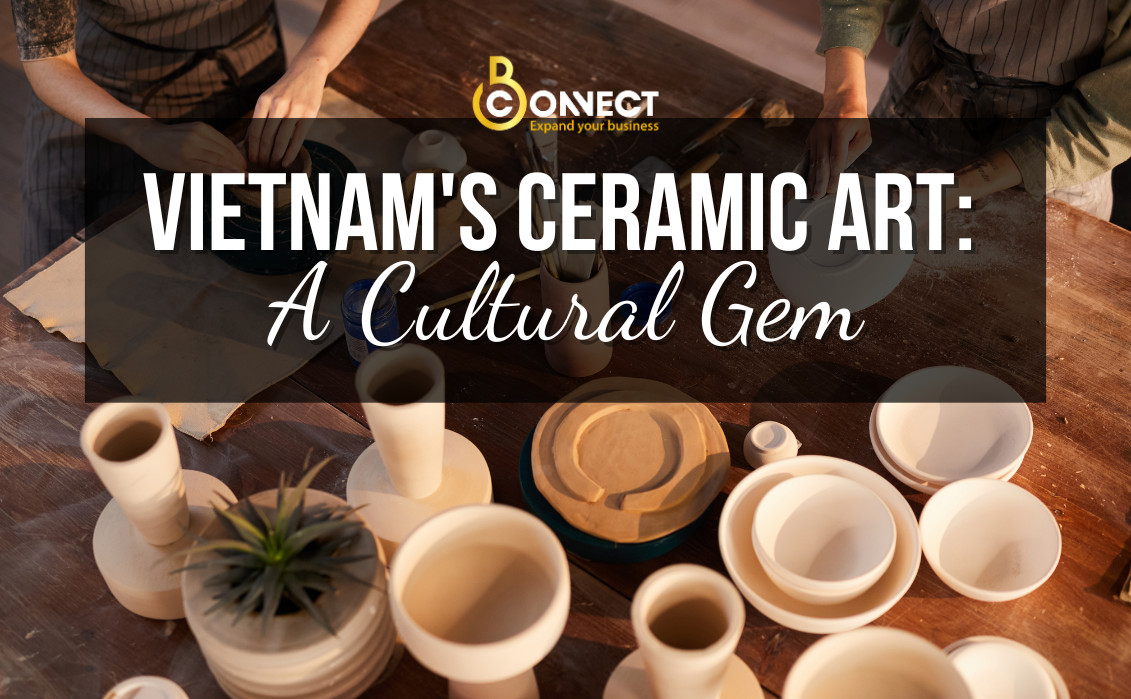Evolution of Vietnamese Ceramics: A Journey Through Centuries
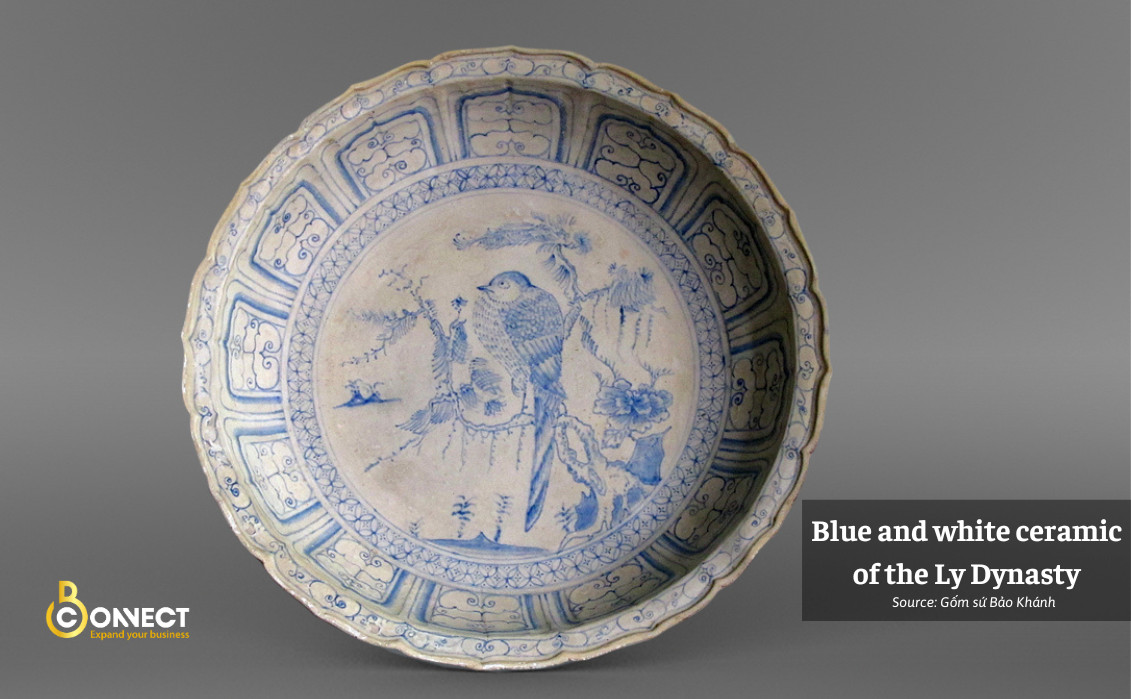
Vietnamese ceramics, a true reflection of the nation’s rich cultural tapestry and artistic excellence, trace their roots back an astonishing 7,000 years to the Neolithic period. From these early days, Vietnam has consistently demonstrated a mastery of the ceramic arts, showcasing a continuous evolution marked by historical periods of innovation and refinement.
Throughout the Ly-Tran era, Vietnamese ceramics reached unprecedented heights, producing masterpieces that resonated with the essence of the national culture. Exquisite pieces from this period stand as a testament to the intricate craftsmanship and artistic brilliance of Vietnam’s ceramic artisans.
As we progressed into the 15th century and beyond, Vietnamese ceramics seamlessly integrated innovative Western techniques, further enriching the art form and yielding creations of immense aesthetic value. This adaptability and openness to new influences have been crucial in keeping Vietnamese ceramics relevant and revered on the global stage.
Renowned Ceramic Production Centers
Vietnam is home to several celebrated ceramic production centers, each contributing uniquely to the country’s ceramic legacy:
1. Bát Tràng Pottery Making Village: (Hanoi)
Bát Tràng, situated in the heart of Hanoi, stands as a living testament to Vietnam’s rich cultural heritage and mastery of ceramic artistry. Boasting a storied history that spans over 1,000 years, it proudly holds the title of Vietnam’s oldest and most celebrated ceramic village.

Cultural Legacy and Tradition
The history of Bát Tràng is deeply intertwined with the cultural legacy of Vietnam. For centuries, artisans in this village have meticulously crafted ceramics, blending tradition with innovation. The techniques passed down through generations have resulted in a unique artistic expression that captures the essence of Vietnamese culture.
High-Quality and Diverse Offerings
What sets Bát Tràng apart is not just its age but its unwavering commitment to producing high-quality ceramics. The village is a treasure trove of diverse ceramic products, ranging from intricately designed vases and sculptures to functional household items. Each piece is a work of art, reflecting the skilled craftsmanship and creative ingenuity of the artisans.
International Acclaim
Bát Tràng’s appeal extends far beyond the borders of Vietnam. Its high-quality ceramics have garnered admiration on the global stage, finding homes in households, galleries, and collections worldwide. The village’s ability to blend tradition with contemporary aesthetics has resonated with consumers, making its products sought after internationally.
2. Chu Đậu-Mỹ Xá (Hai Duong)
Chu Đậu-Mỹ Xá, situated in Hai Duong, is renowned for its distinctive ceramic enamel products. This village has carved its niche in the ceramic world with a focus on vibrant colors and intricate patterns, making it famous for its ceremonial items utilized throughout various dynasties.
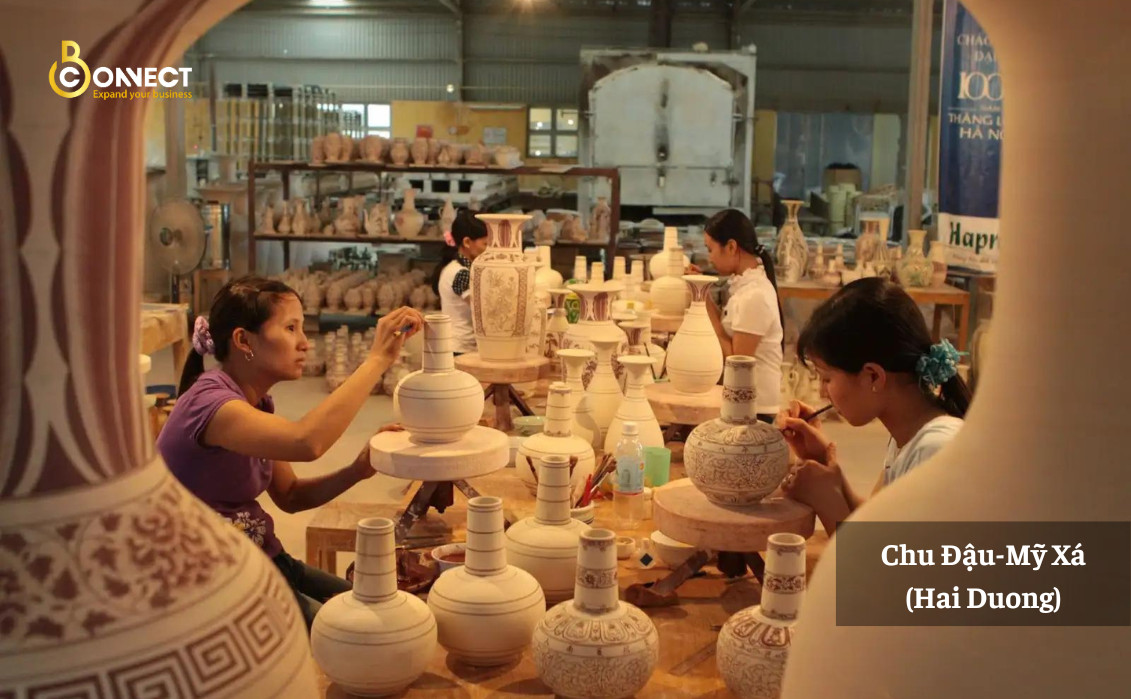
Specialization in Ceramic Enamel
Chu Đậu-Mỹ Xá’s expertise lies in the art of ceramic enamel. The artisans of this village masterfully employ vibrant colors and intricate patterns, creating pieces that transcend mere functionality to become symbols of cultural richness and ceremonial importance.
Dynastic Significance
Throughout different dynasties, Chu Đậu ceramics have played a significant role in ceremonial settings. The vibrant colors and detailed patterns of these ceramics have adorned palaces, temples, and important events, solidifying their place in Vietnamese history and culture.
Cultural Heritage and Contemporary Relevance
Chu Đậu-Mỹ Xá stands as a custodian of Vietnam’s ceramic heritage. The village’s commitment to preserving traditional techniques in ceramic enamel production is complemented by a willingness to adapt to contemporary tastes. This duality ensures that Chu Đậu ceramics remain both culturally rich and relevant in the modern era.
3. Hà Nam
Hà Nam, a province in Vietnam, is home to numerous acclaimed ceramic villages, including Kim Bảng and Vạn Điểm. These villages are distinguished by their high-quality, diverse ceramics that serve practical and ritualistic purposes in daily life and religious rituals.

Rich Artistic Heritage
The ceramic villages of Hà Nam contribute to the province’s rich artistic heritage. Kim Bảng and Vạn Điểm, among others, have been centers of creativity and craftsmanship for generations. The ceramics produced in these villages are not merely utilitarian; they are expressions of cultural identity and artistic prowess.
Daily Life and Religious Significance
The ceramics of Hà Nam find utility in both daily life and religious rituals. From functional household items to ceremonial pieces used in worship, these villages contribute to the fabric of Vietnamese life. The diverse range of ceramics reflects the adaptability of the artisans and their ability to cater to various aspects of societal needs.
Preservation of Craftsmanship
Hà Nam’s ceramic villages play a vital role in preserving the traditional craftsmanship of Vietnam. The techniques and artistic styles passed down through the generations continue to thrive, ensuring that the cultural and artistic values embedded in these ceramics endure over time.
Diverse Ceramic Glazes in Vietnam
Vietnamese ceramics feature a variety of glazes, including:
- Lam Glaze: The most common glaze, Lam glaze exhibits a bright blue color and intricate patterns, suitable for both daily use and religious ceremonies.

- White Glaze: This delicate glaze enhances the sophistication of ceramic products, providing an elegant touch to the overall aesthetic.
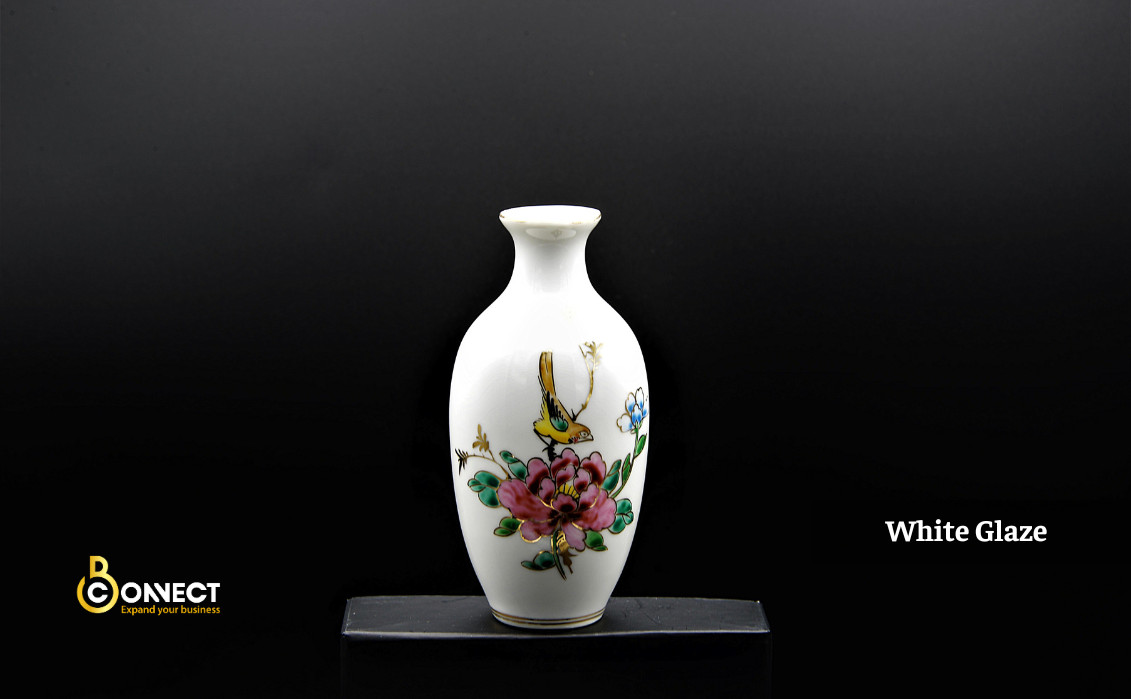
- Brown Glaze: Evoking an antique charm, brown glaze imparts a sense of tradition and solemnity to ceramic pieces.
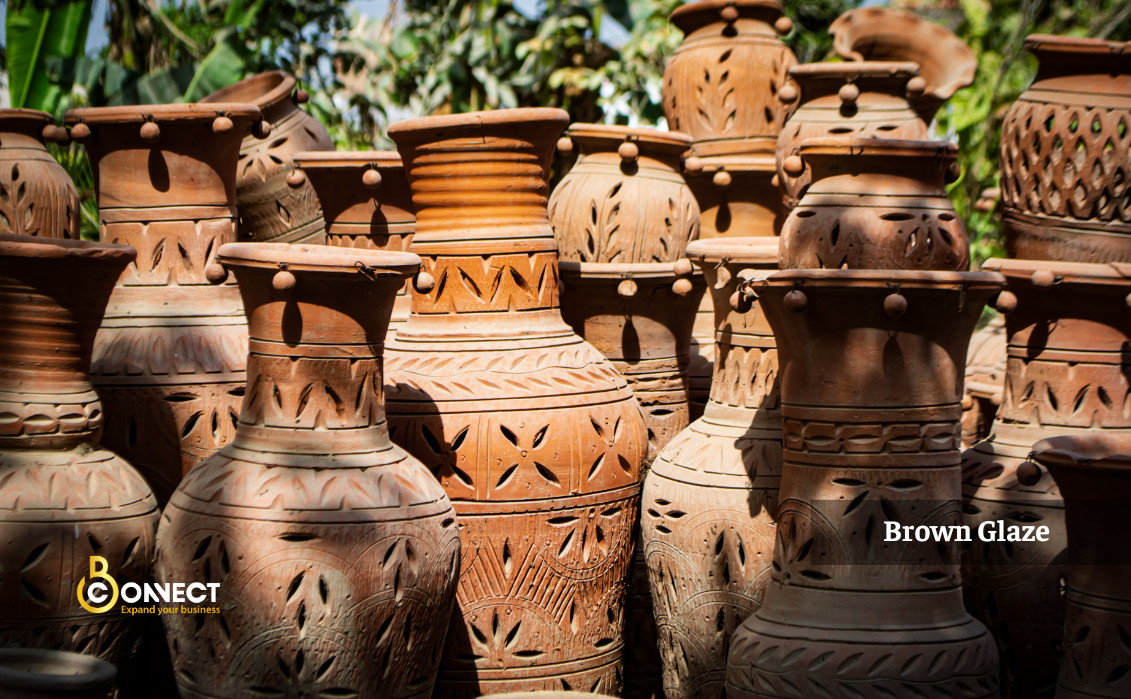
- Multicolored Glaze: Created by blending various hues, multicolored glaze adds a vibrant and captivating appeal to Vietnamese ceramics.
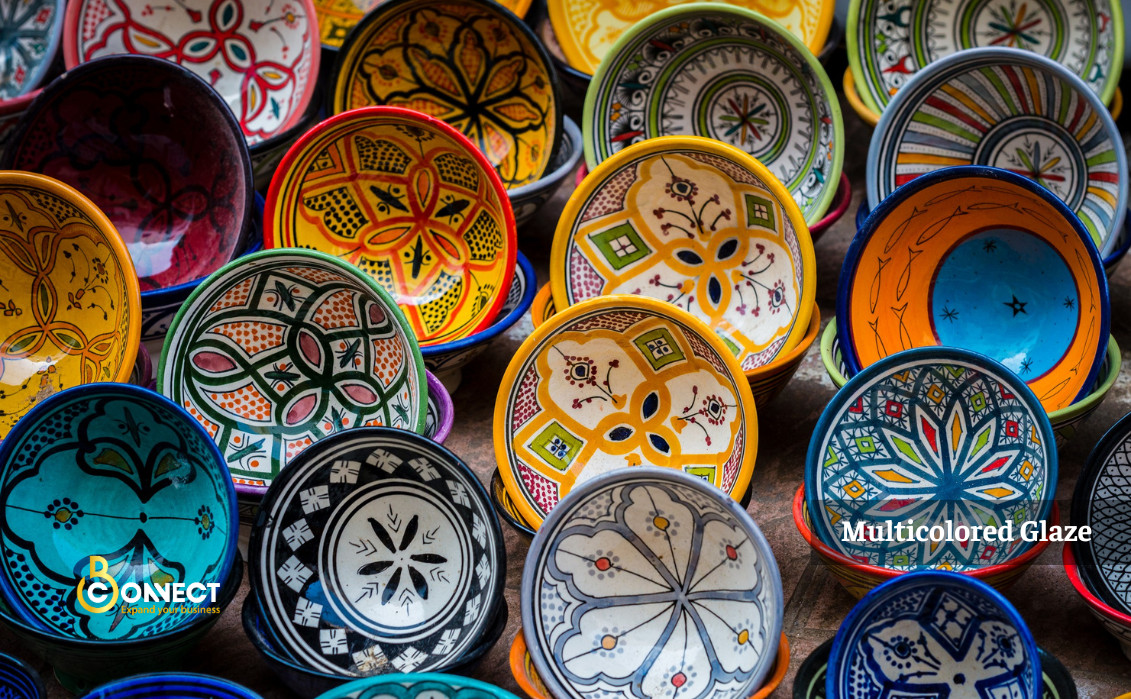
Cultural and Artistic Value
Vietnamese ceramics transcend mere material possessions; they embody the profound cultural and artistic values of the Vietnamese people. Each piece serves as a testament to the talent, intellect, and dexterity of the country’s artisans.
These ceramics also hold significant cultural weight as meaningful souvenirs, expressing the giver’s sentiments toward the recipient. As such, they play a crucial role in forging connections and preserving the cultural identity of the Vietnamese people.

In conclusion, Vietnamese ceramics stands as a source of national pride, encapsulating the country’s enduring history and distinctive cultural and artistic values. With a legacy spanning millennia, these ceramics continue to garner admiration from consumers both at home and abroad, ensuring the art form’s enduring relevance in the contemporary world and abroad.
- Follow us for more Vietnamese ceramics Art: @bconnect_corp
- Follow the trade web: trade


